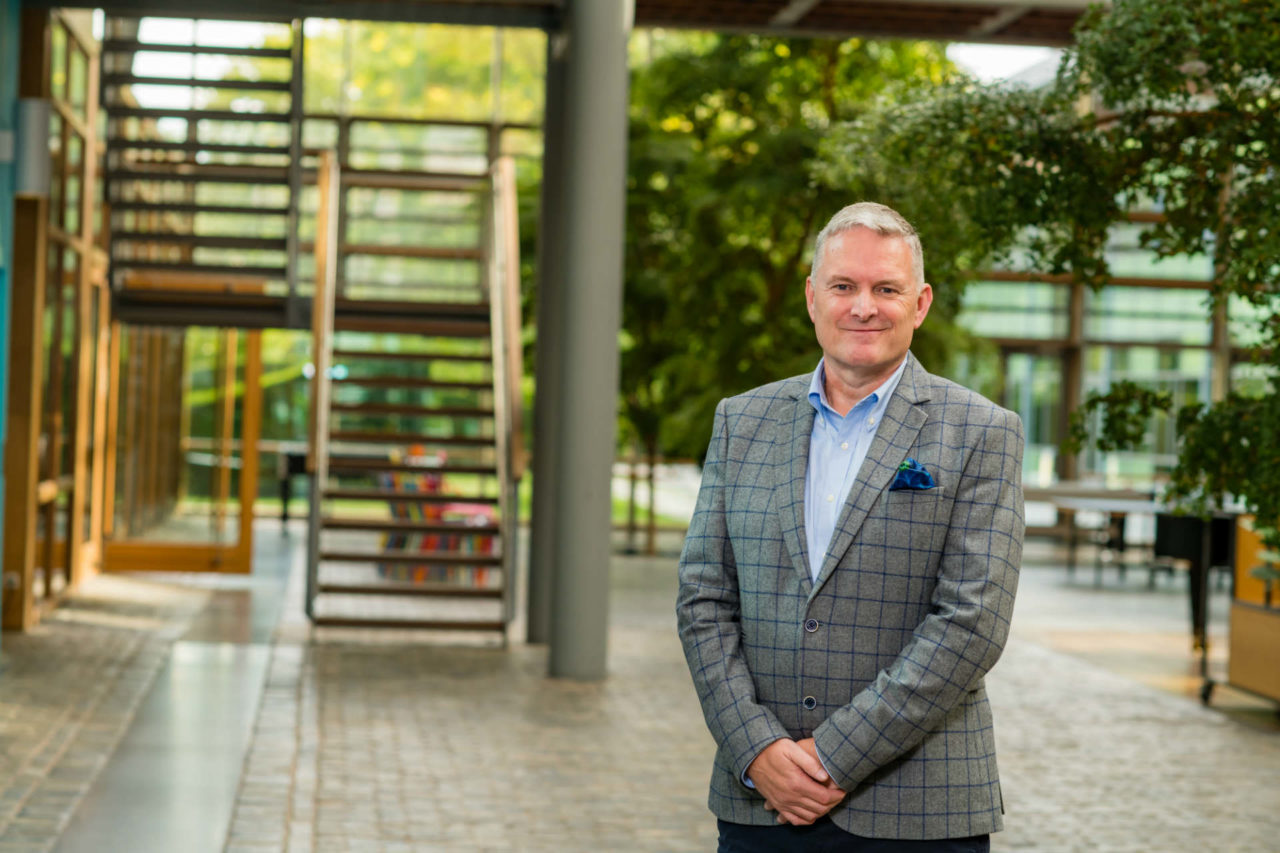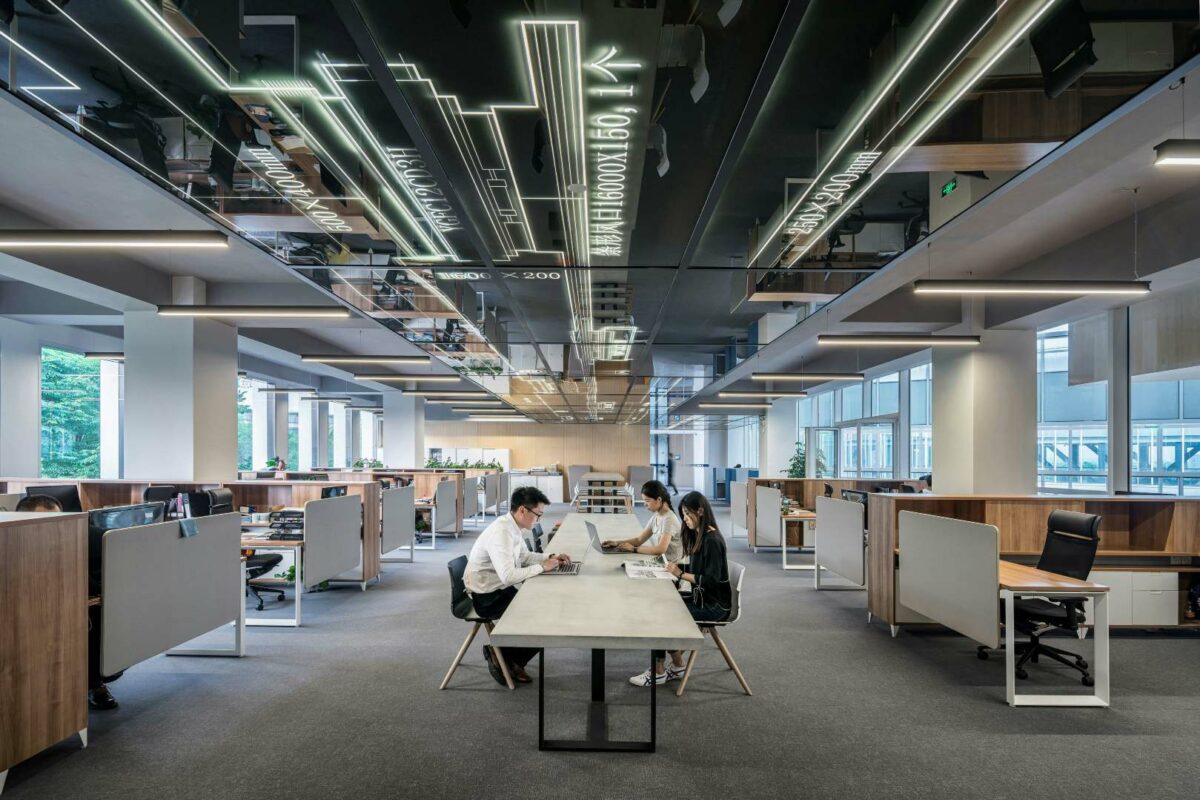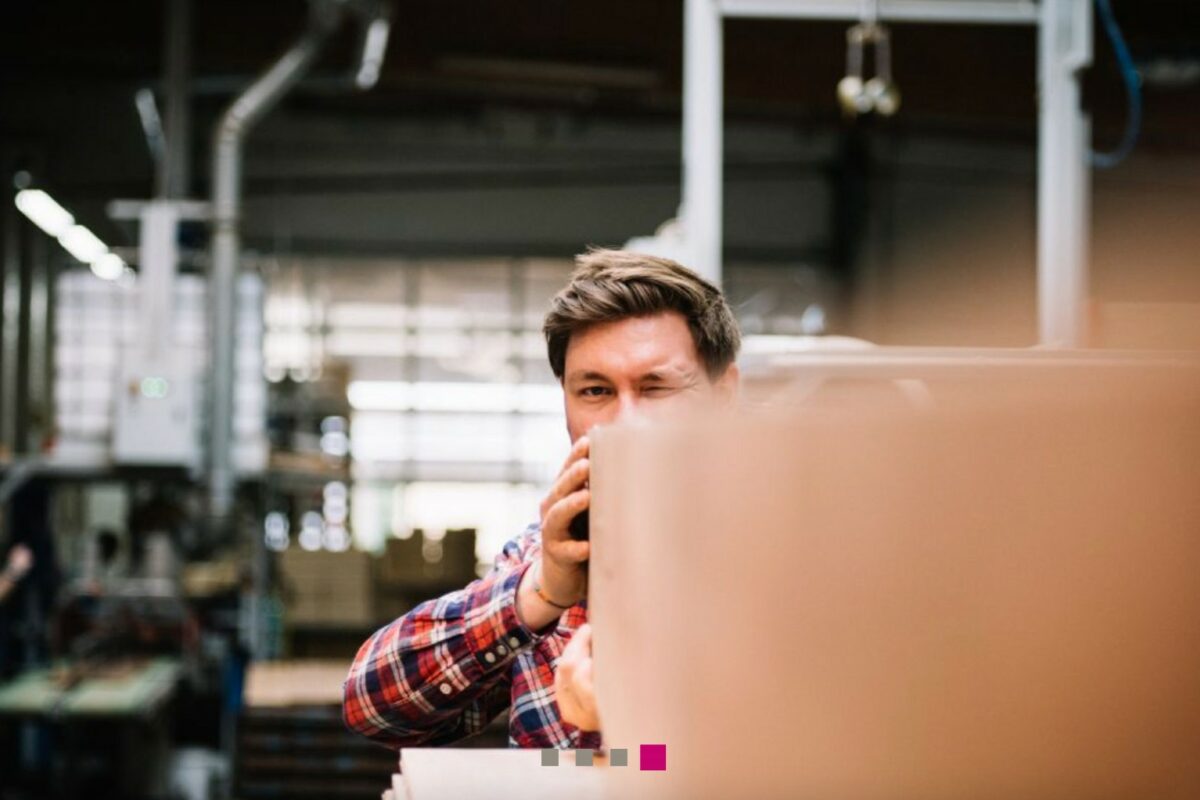Ask yourself a question: when did you first encounter the term ‘wellness’ in a workplace context? Five or maybe ten years ago – or even longer? Whatever your response, the truth is that it’s only in the last five years that wellness has begun to achieve serious traction as a market trend and a factor that informs decision-making in companies across the board.
Several important developments have served to push wellness up the priority list. These include a growing awareness that current high levels of sickness in the workplace – totalling 30.7 million in the UK during 2017/18 (source: Health and Safety Executive) – have to be reduced, especially with the prospect of an ageing workforce that will increasingly be obliged to work into its late ‘60s or early ‘70s. Simultaneously, more workers are becoming aware of how their workplace can impact upon their physical and mental health, so wellness is more of a decisive factor in job-seeking and recruitment.
Fortunately, these changes of expectation have taken place during a period when the level of under-standing about working environments has increased significantly. Consecutive studies have shown that multiple parameters – such as badly designed workstations, poor ventilation, excessive noise, unsuitable lighting and inadequate communications systems – can all have a detrimental effect on wellness. For employers and building management teams this has translated to a greater desire for technologies that allow core systems to be optimised and managed more effectively, with an emphasis on solutions that enable the harvesting and extraction of wellness-related data.
The good news is that the building technologies sector has overwhelmingly risen to this challenge over the last few years. Powerful yet accessible control systems that allow management teams to keep an overview of the building’s performance have become the norm, while high-efficiency LED lighting systems and more effective air-conditioning and filtration technologies have comfortably outpaced their predecessors.
Inevitably, this has led to a sometimes steep learning curve for building engineers and technicians, who have had to negotiate a new level of integration in both installs and retrofits. Systems need not only to be optimised for current working conditions, but must also be sufficiently flexible to facilitate future expansion. In short, the expected shelf-life of new projects has tended to increase substantially, and these new requirements have had to be incorporated more fully into the design and planning phases.
But whilst wellness is already a part of the debate surrounding many projects, an authoritative new report issued by the Urban Land Institute (ULI) indicates that we are only in a formative stage of a long-term transformation of how commercial developments are designed and implemented.
The workplace: a ‘picture of health’?
Published to coincide with a sustainability forum event in Birmingham this summer, the report provides vivid insight into how important wellness is becoming to a wide range of project principals, including developers, consultants, analysts, investors and fund managers. Sponsored by E.ON, ‘Picture of health: the growing role of wellbeing in commercial real estate investment decision-making’ can be downloaded for free from the ULI website and is fully deserving of your time and attention.
The extent to which wellness is informing which projects are green-lit is underlined by the head-line statistic that – from more than 100 participants – 86% said they expected to increase their investment in wellbeing over the next three years, with 17% anticipating the rise to be ‘significant’. The wellness trend, the report notes, is “part of wider changes in the workspace towards flexibility and shared space, as well as companies looking for improved office environments as a way to meet the expectations of the younger generations in the competition for talent.”
It therefore stands to reason that the building engineers and contractors who are most adept with wellness-inducing technologies and systems are going to be in even greater demand over the next few years. In particular, there will be opportunities for contractors to distinguish themselves as the market develops – for instance, those who are able to deliver compliance with the International WELL Building Institute’s WELL Building Standard will be well-placed as that standard solidifies its position as the global tool for advancing health and well-being in buildings.
The standard is also very useful on a day-to-day basis as it encourages rigorous thinking about every facet of a building’s infrastructure. The benefits of effective soundproofing for employee concentration and mental health have been well-established, as has the contribution to be made by LED light-ing, whose consistency and quality of illumination is often greatly superior to legacy fluorescent systems.
But our observations show that there is still a lack of knowledge about some other issues, not least the role that monitoring and maintaining recommended concentrations of CO2 can play in keeping staff healthy and productive. With CO2 levels in the region of 1,000 to 2,000 ppm, complaints about drowsiness and poor air tend to rise significantly. Beyond 2,000 ppm, employees are more likely to register headaches, sleepiness, reduced powers of concentration, and even nausea. Hence, technologies that facilitate the careful monitoring of CO2 levels should really be a fundamental part of any installation.
Turning wellness from an ideal into an expected reality will require a great deal of thought from all workplace stakeholders. If it’s likely to be many years before everyone can benefit from the improvements, there is no doubt that the transition is now firmly underway, so those technical person-nel who are able not only to converse about wellness but make it a fundamental part of their projects will both survive and thrive.
To find more content on wellness awareness, click here.
Gavin Holvey is UK & Ireland Sales Manager at PRIVA UK Ltd – a leading manufacturer of building automation technologies. Priva is a family-owned business, Headquartered in Holland. The company operates in 72 countries with eight branches and training centres on all continents – from China to Canada and from Mexico to Scandinavia.
For more content from Gavin Holvey, at Priva UK, visit Priva Inside.

Content Team
Work in Mind is a content platform designed to give a voice to thinkers, businesses, journalists and regulatory bodies in the field of healthy buildings.




